Treating Sick Chicory Plants: Learn About Common Chicory Diseases
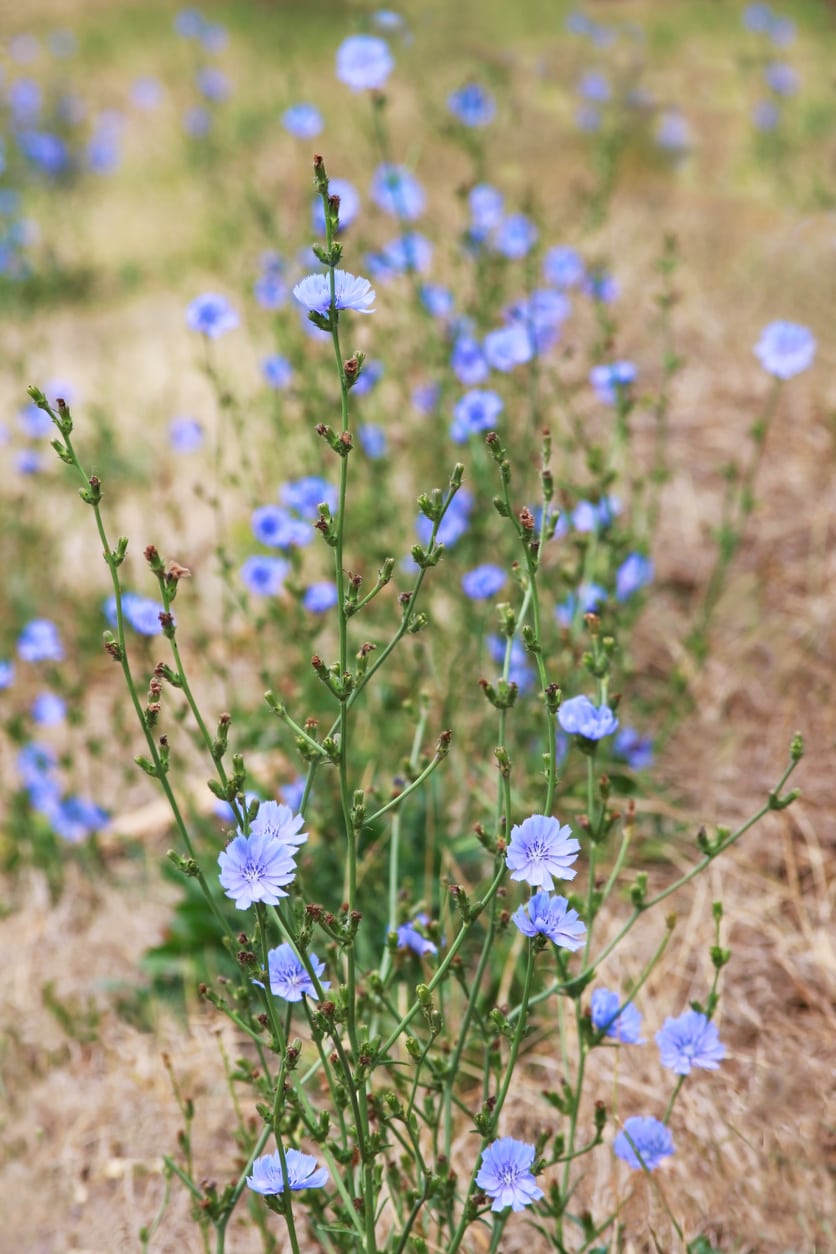

If you are growing chicory in your garden, you’ll be looking forward to using the plant’s leaves in salads and cooking. Or maybe you are growing chicory for its clear-blue flowers. In either case, it is disappointing to see sick chicory plants. If this happens to you, you probably want some answers on “what’s wrong with my chicory.” Read on for a discussion of chicory plant problems.
What’s Wrong with My Chicory?
Chicory is a perennial herb native to the Mediterranean. It grows quite tall on stiff stems, producing green leaves and daisy-type flowers with sky-blue petals. Some gardeners grow chicory as ornamental plants, while others consider it a vegetable crop. The type of chicory you select depends on how you intend to use the plant. Chicory grows like a weed in Europe and has naturalized along road ways and open spaces in this country. It is tough and resilient and doesn’t require much care. However, gardeners sometimes notice chicory plant problems. Often, problems with chicory can be caused by improper planting or care, or your plants may have caught one of the common chicory diseases. When you notice chicory plant problems, the first thing to review is the care you are giving your plants. Chicory is a tough plant but it doesn’t compete well with weeds, so be sure to mulch the bed well with grass clippings or leaves. Use row covers to protect chicory from frosts. If frost hits an unprotected bed, your garden may appear to be full of sick chicory plants. Chicory also need several inches (10 cm.) of water each week, depending on the soil and will wilt if you forget to irrigate. But chicory is also subject to diseases and pests. It pays to be familiar with the most common diseases of chicory plants.
Common Chicory Diseases
Chicory plants are susceptible to a wide range of diseases, including fungal and bacterial chicory diseases. Some are treatable, others are not. One of the primary fungal diseases affecting chicory plants is anthracnose. This disease presents as dry spots on leaves developing into necrosis. Other fungal diseases of chicory include downy mildew, where leaves take on a papery texture with white, fuzzy mold underneath. Fusarium wilt (look for water-soaked lesions) and septoria blight (first presenting as chlorotic spots on mature plant leaves) are two other common fungal diseases of chicory. Both thrive in humid or wet conditions. If you see white thread-like fungal structures on your plants, they may have white mold. The primary worry gardeners have when it comes to bacterial diseases of chicory is bacterial soft rot. If your plants have this disease, you’ll see water-soaked lesions that grow into a rotted mass of ivory tissue which is liquid underneath. This and other bacterial chicory diseases emerge in warm, moist conditions. They usually enter the plant through wounds. Unfortunately, no chemical treatments aid with bacterial soft rot. Rotating crops and making sure your soil has excellent drainage can help.
Gardening tips, videos, info and more delivered right to your inbox!
Sign up for the Gardening Know How newsletter today and receive a free copy of our e-book "How to Grow Delicious Tomatoes".

Teo Spengler is a master gardener and a docent at the San Francisco Botanical Garden, where she hosts public tours. She has studied horticulture and written about nature, trees, plants, and gardening for more than two decades. Her extended family includes some 30 houseplants and hundreds of outdoor plants, including 250 trees, which are her main passion. Spengler currently splits her life between San Francisco and the French Basque Country, though she was raised in Alaska, giving her experience of gardening in a range of climates.
-
 My Homemade Orchid Fertilizer Always Brings More Blooms – Here's The Easy Recipe That Transforms Plants
My Homemade Orchid Fertilizer Always Brings More Blooms – Here's The Easy Recipe That Transforms PlantsScientist-turned-gardener Mary Ellen Ellis shares her tried-and-tested DIY orchid fertilizer recipe, plus more ingredients to try for healthy, happy plants.
By Mary Ellen Ellis
-
 Looking For Plants To Give You The Soft And Fuzzies? Try These 5 Fuzzy Leaf Plant Options
Looking For Plants To Give You The Soft And Fuzzies? Try These 5 Fuzzy Leaf Plant OptionsLovers of texture, drama, silver foliage and tactile plants will adore these special sensory garden additions. These fuzzy leaf plant options will leave you all aglow
By Susan Albert
-
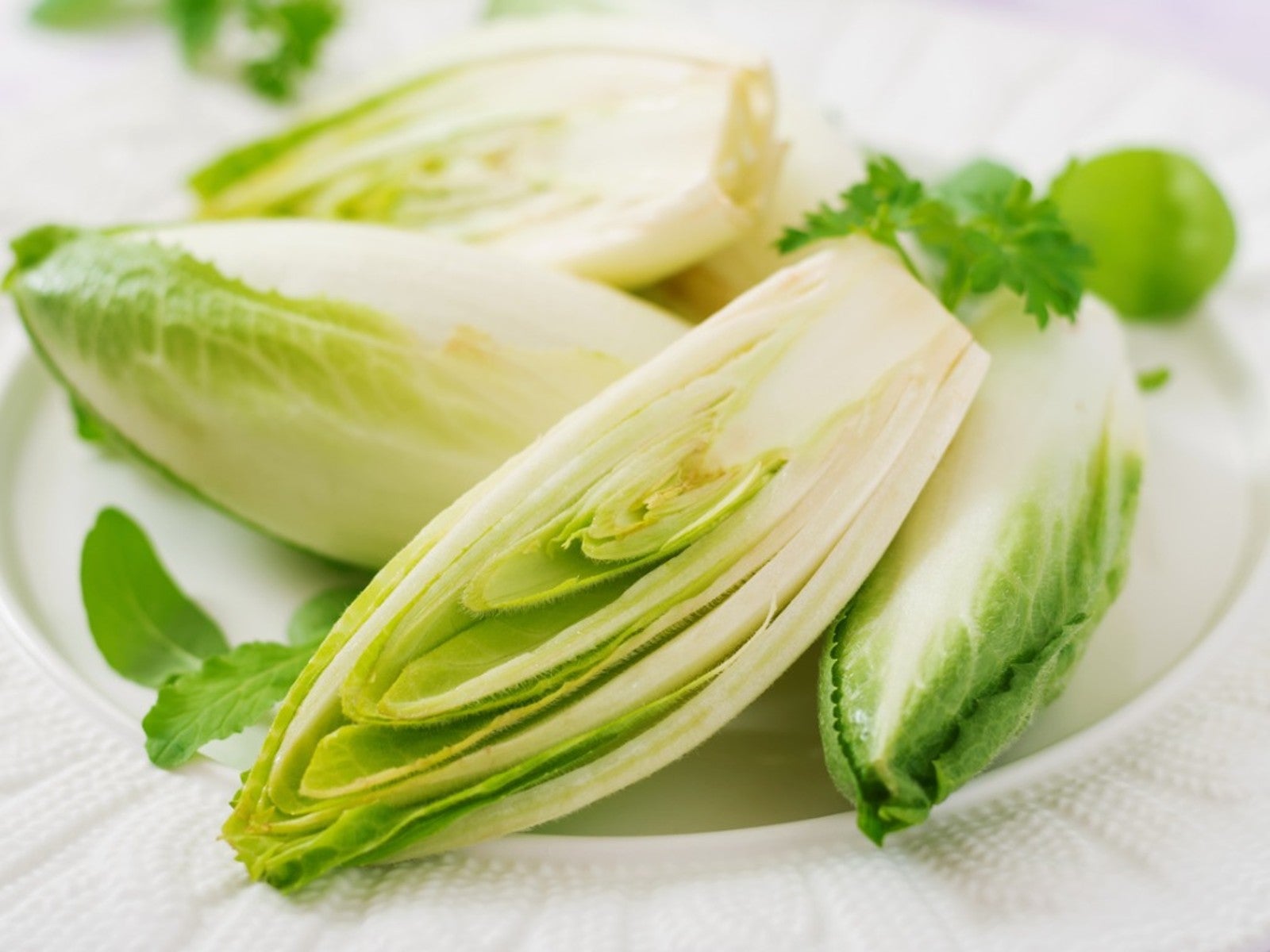 Different Types Of Chicory: What Are Chicory, Endive, And Escarole
Different Types Of Chicory: What Are Chicory, Endive, And EscaroleEndive or Chicory? If you’ve ever found yourself wondering which you should use in a recipe, you’ve come to the right place.
By Laura Miller
-
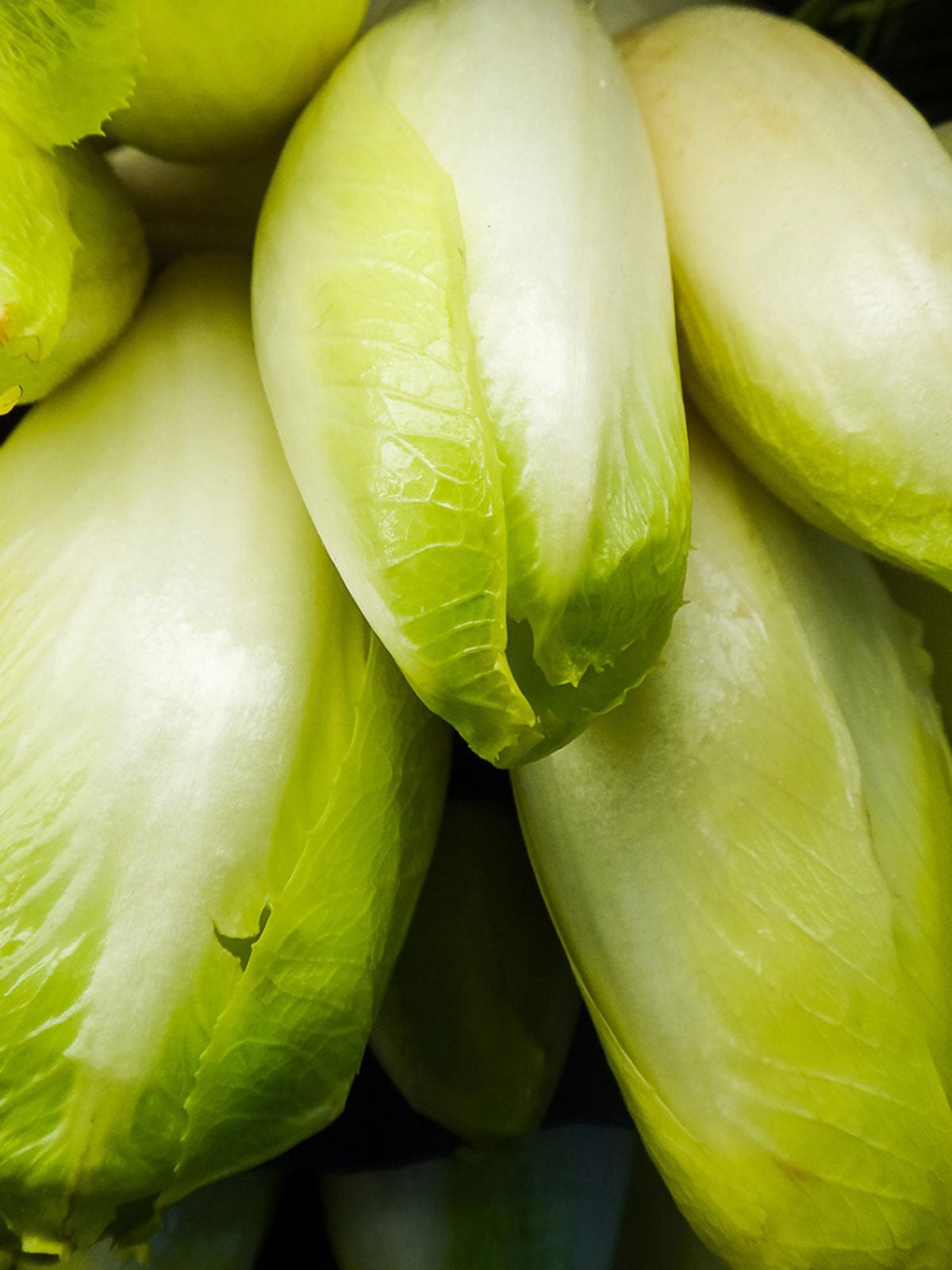 Belgian Endive Info – Tips For Growing Witloof Chicory Plants
Belgian Endive Info – Tips For Growing Witloof Chicory PlantsWitloof chicory is a weedy-looking plant. That's not surprising, as it's related to the dandelion and has frilly, pointed dandelion-like leaves. What is surprising is that witloof chicory plants have a double life. Click here to learn more about this amazing plant.
By Laura Miller
-
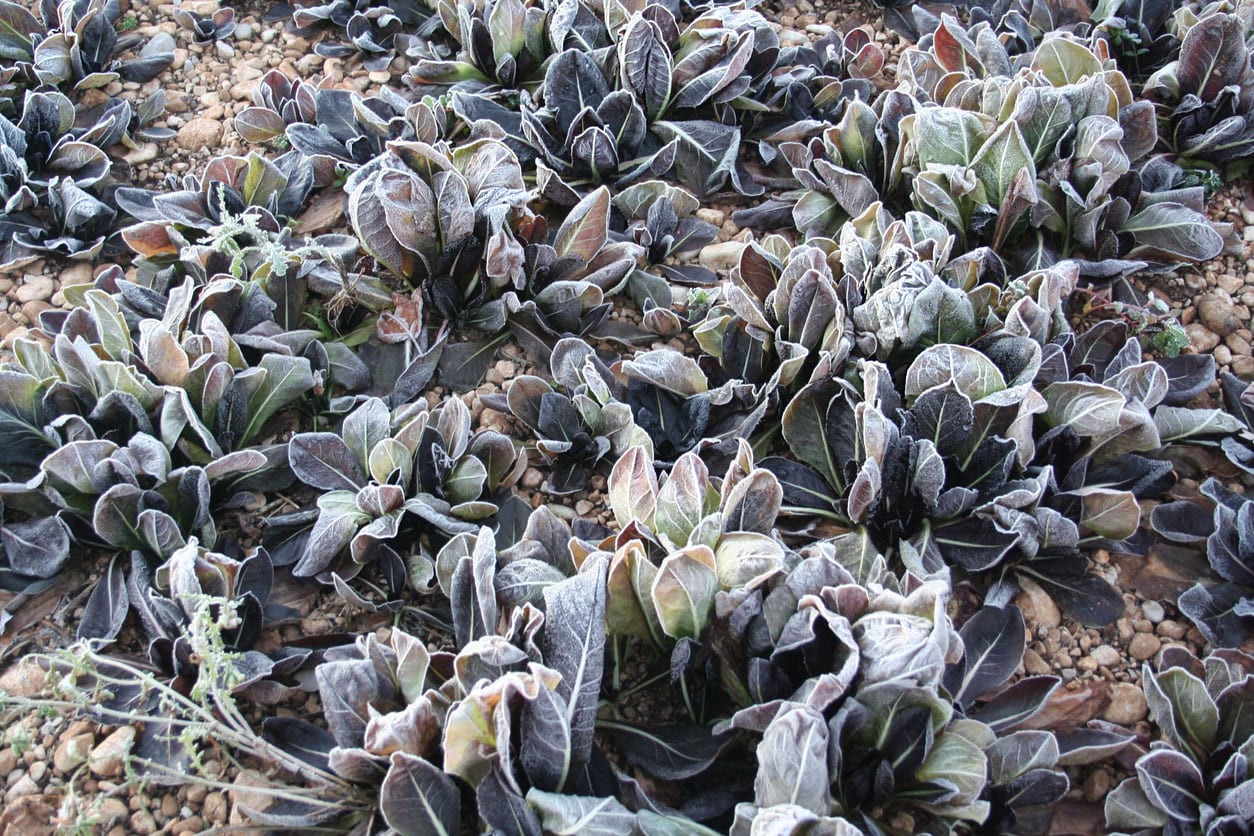 Chicory Winter Care: Learn About Chicory Cold Tolerance
Chicory Winter Care: Learn About Chicory Cold ToleranceChicory in winter generally dies back and will spring anew in spring. This occasional coffee substitute is easy to grow and a fairly reliable perennial in most zones. Learn more about chicory cold tolerance and what you can do to help protect the plants here.
By Bonnie L. Grant
-
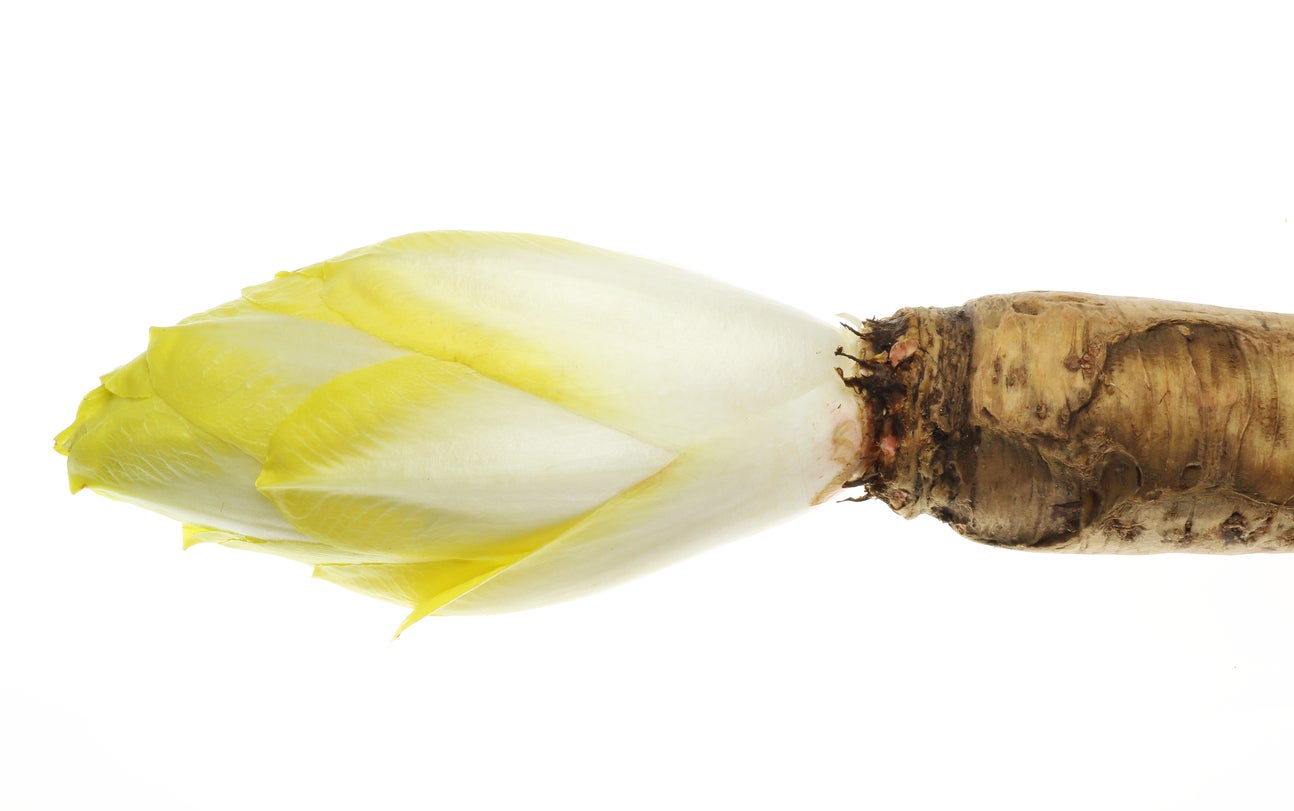 Forcing Chicory Plants – Learn About Chicory Root Forcing
Forcing Chicory Plants – Learn About Chicory Root ForcingHave you ever heard of forcing chicory plants? Chicory root forcing is a common procedure that transforms the roots into something marvelous. If you are growing chicory, and are wondering “should I force chicory,” the resounding answer is yes! Learn more here.
By Amy Grant
-
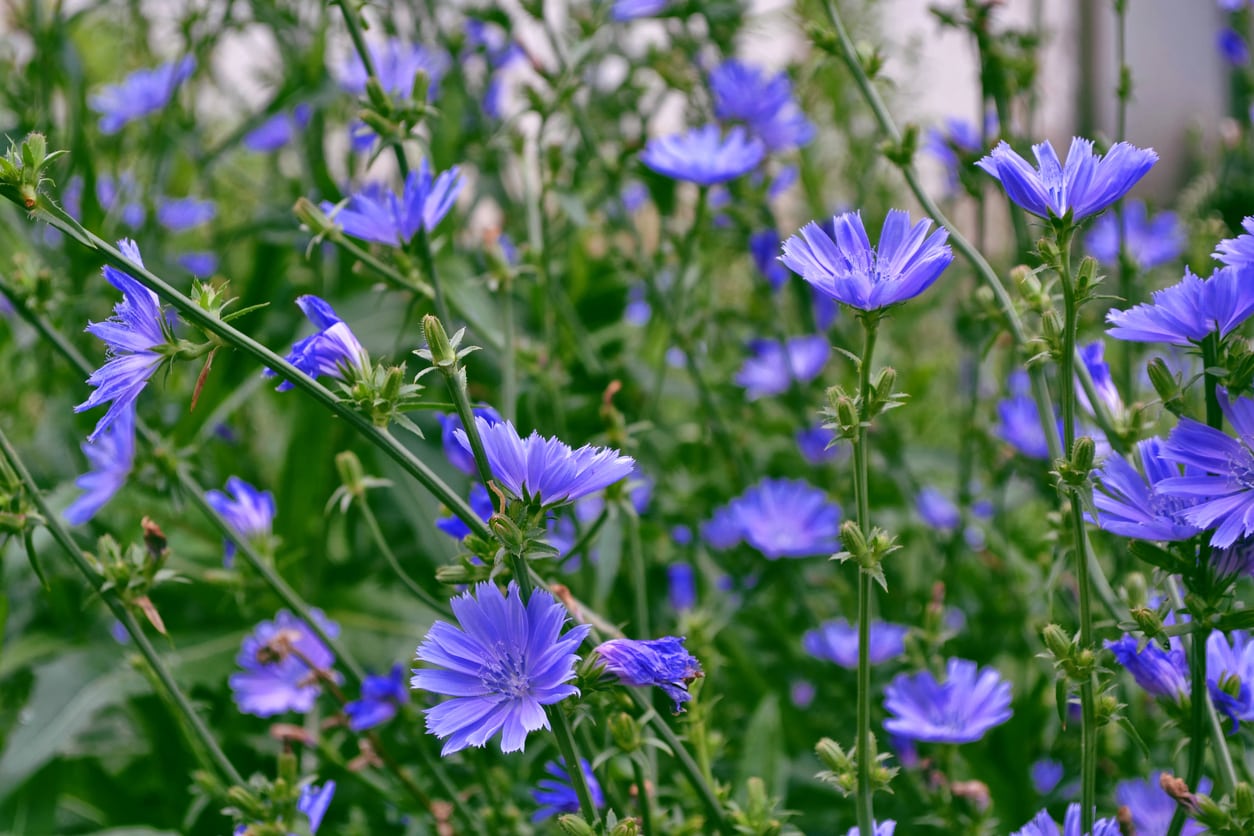 Is Chicory An Annual Or Perennial: Learn About Chicory Lifespan In Gardens
Is Chicory An Annual Or Perennial: Learn About Chicory Lifespan In GardensPlant lifespan is often a subject of debate. For instance, many annuals in the north are actually perennials or biennials in the south. So, is chicory an annual or perennial? Click this article to see which… or if there is a third, unexpected choice.
By Bonnie L. Grant
-
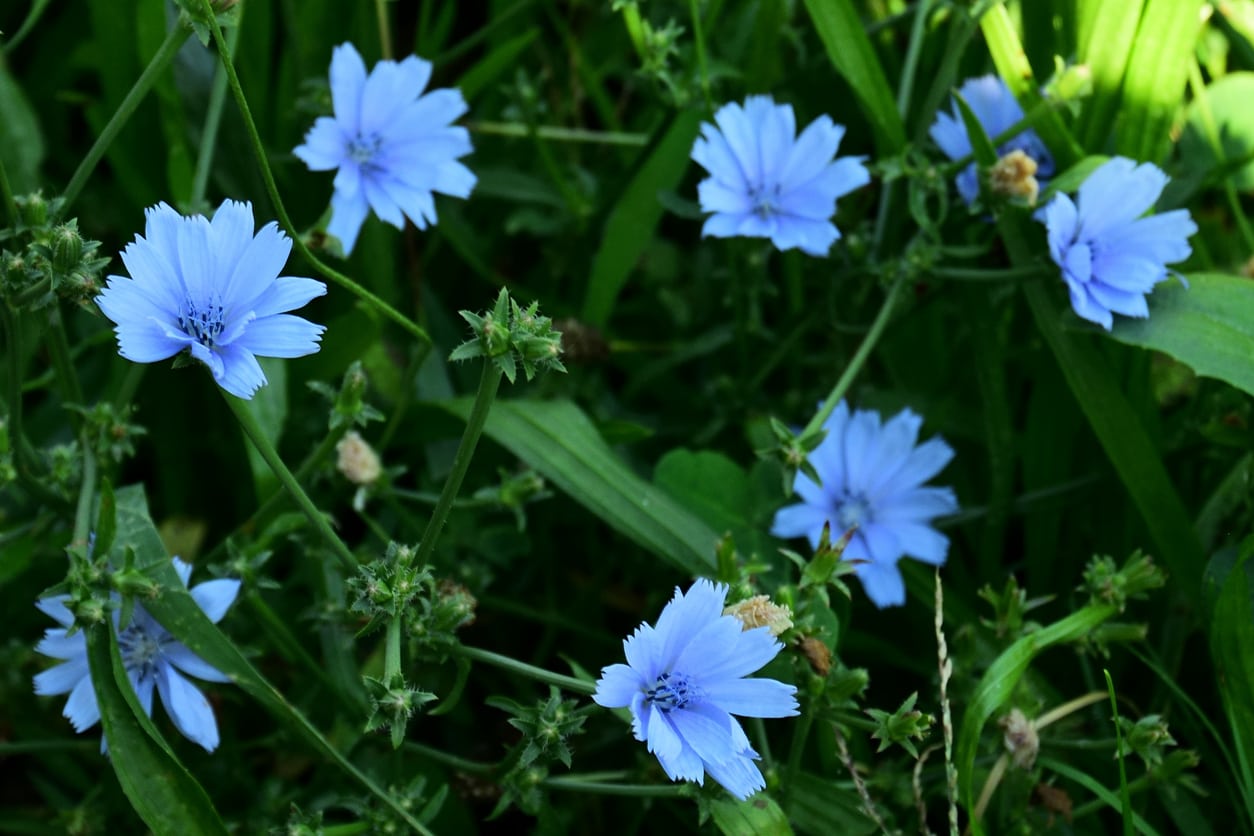 Potted Chicory Care – Can You Grow Chicory In A Container
Potted Chicory Care – Can You Grow Chicory In A ContainerGenerations of herbalists have used this chicory herb as a treatment for maladies ranging from upset stomach and jaundice to fever and gallstones. Growing potted chicory plants is a great way to enjoy them up close and in small spaces. Click here to learn more.
By Mary H. Dyer
-
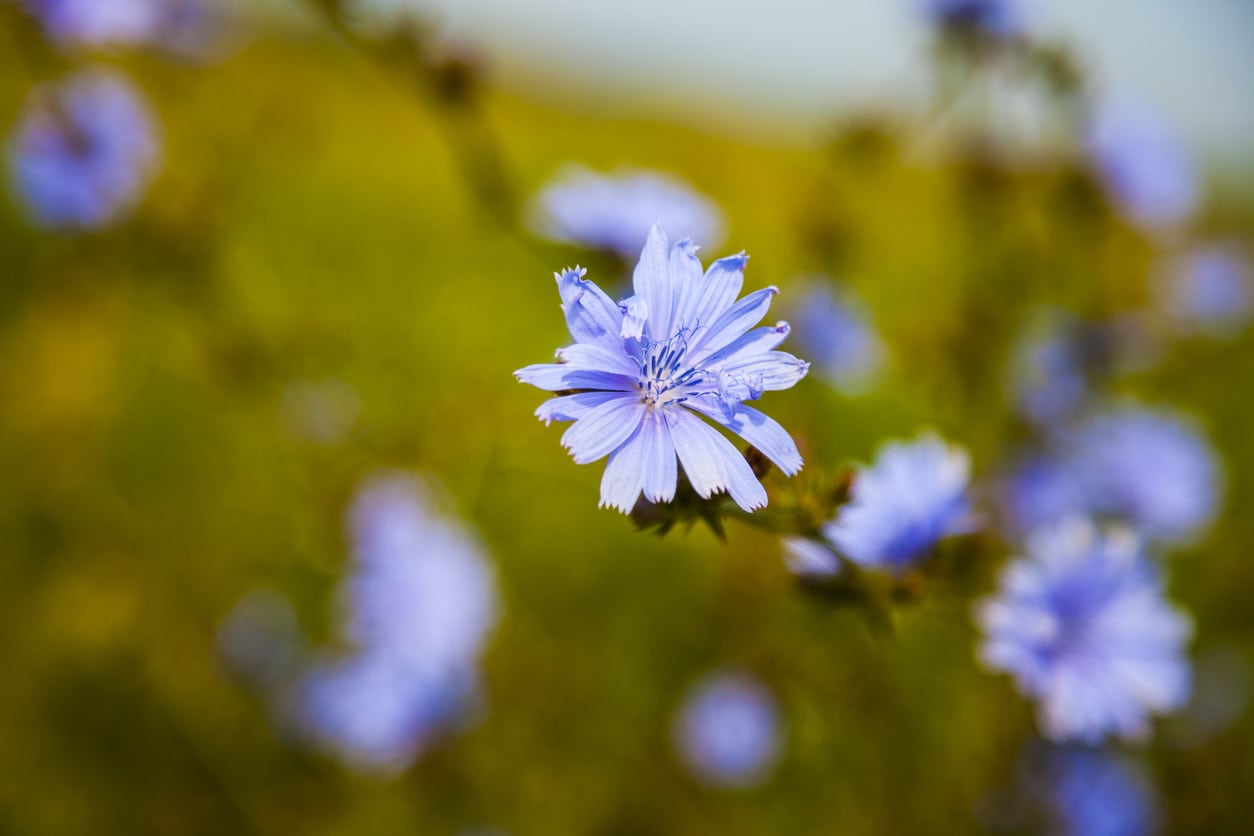 Types Of Chicory – Chicory Plant Varieties For Gardens
Types Of Chicory – Chicory Plant Varieties For GardensIf you decide to plant chicory in your garden, you’ll want to scope out different chicory plant varieties. Each has its own characteristics, uses, and growth requirements. Click here to learn about different chicory plants and how to choose among the many varieties of chicory.
By Teo Spengler
-
 Chicory Plant Uses: What To Do With Chicory Plants
Chicory Plant Uses: What To Do With Chicory PlantsYou’ve probably heard of chicory and you may even have this ornamental plant in your garden. But you may not be sure what to do with chicory or how you can start using chicory from the garden. What is chicory used for? Click here to find out.
By Teo Spengler